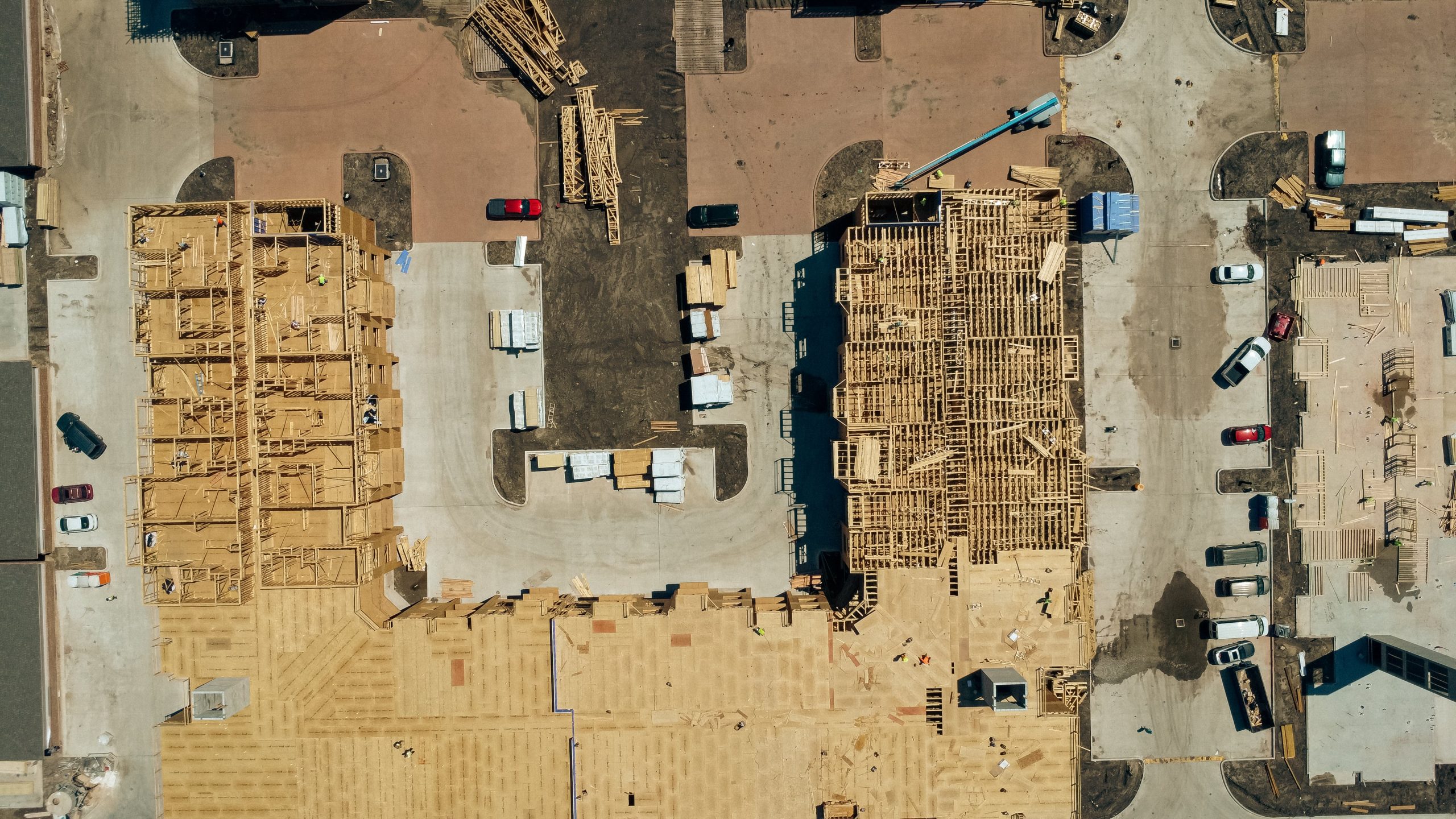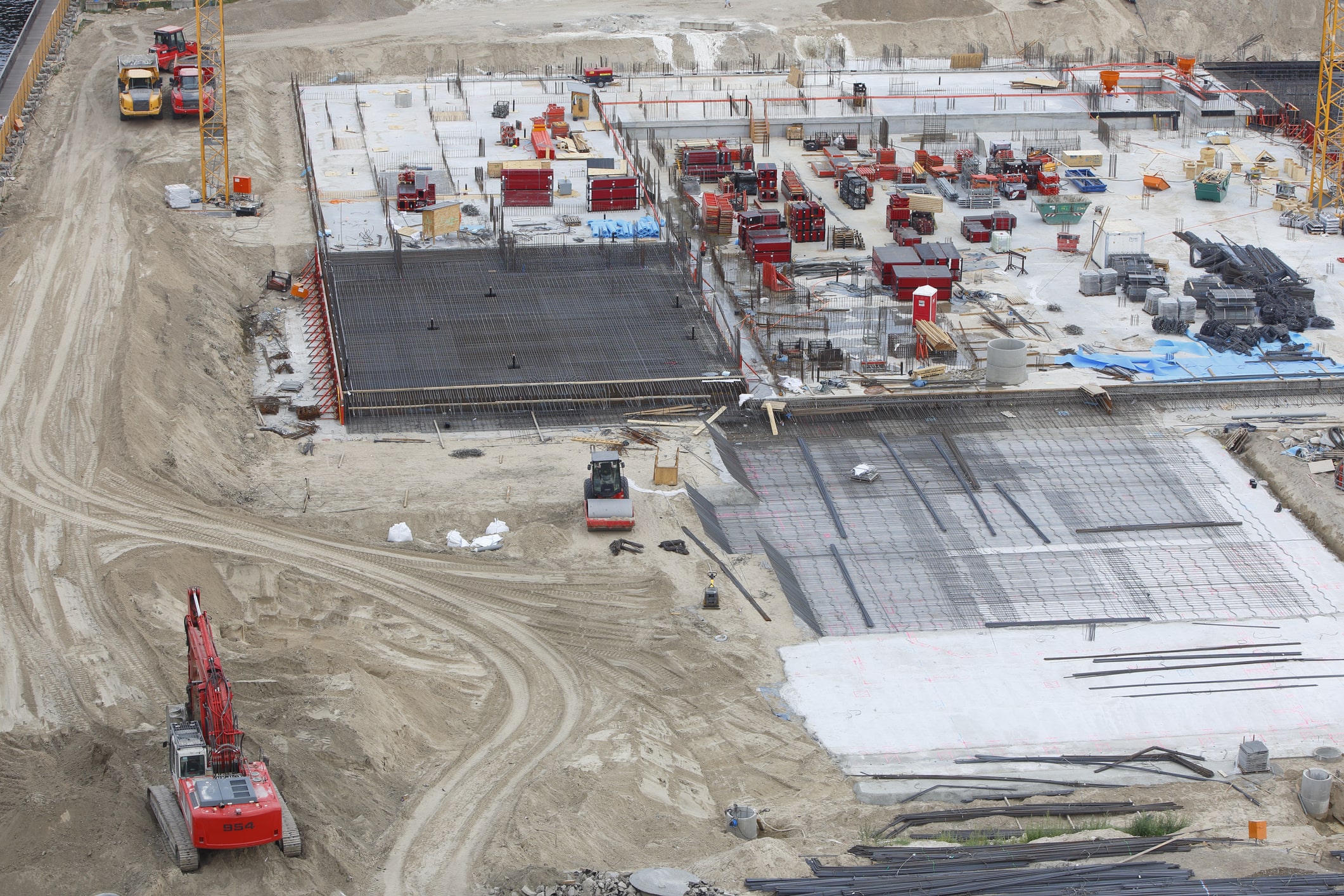Project
Working With Component Manufacturers In Thailand, Trc Managed The Structural Steel Quality Assurance And Inspection Program Required To Make This Project A Success.
Our Covid-19 Safety Guidelines And Protocols Helped Minimize Disruptions While Work Took Place During The Pandemic.
Challenge: Replace Obsolete Airport Facilities with a Flexible Design for the Future
Traffic through the Salt Lake City International Airport (SLC) has more than doubled over the span of its 60-plus years of operation. To better serve the 26 million passengers who pass through SLC annually, the airport embarked on a major redevelopment project to replace obsolete facilities, improve security, upgrade to modern earthquake and other safety standards and implement a flexible, adaptable design to meet the future needs of both the aviation industry and the Salt Lake City region.
Construction on the $5.1 billion program is taking place in phases through 2027 and includes a new parking garage, new central terminal and renovation of the west portion of Concourses A and B (completed in 2020); as well as building out the east portion of the Concourse A and tearing down existing structures (completed in 2023). A total of nine new gates are now open.

Solution: Quality Assurance for Structural Steel at the Source of Fabrication
TRC is a leading engineering consulting firm delivering project management, material procurement support, welding inspection, coating inspection and nondestructive testing (NDT) solutions for complex steel structures. To support the redevelopment of SLC and ensure critical construction materials adhered to the approved work plans, delivery schedule and procedures for workmanship, our experts provided Quality Assurance (QA) inspection services including component level dimensional inspection, visual inspection and NDT on site where the materials were being fabricated in Thailand. With an office in Shanghai, China, TRC is an ISO certified organization in Asia with staff accustomed to working with many different fabricators and manufacturers across the region. Our solutions on this project included:


- Oversight and observation of material receiving, fabrication, welding, dimensional control, bolting, inspection, nondestructive testing, blasting, coating and shipping preparations.
- Review, inspection, testing, monitoring and observations for compliance with project contract documents.
- Ultrasonic Testing in accordance with American Welding Society Standards
- Materials inspection and confirmations for compliance with the project’s technical specifications
- Welding and fabrication QA inspection and testingto confirm compliance with approved welding procedures.
- Monitoring and inspections during and upon completion of painting to ensure compliance with contract requirements and project specifications, including activities associated with blasting, galvanizing and painting.
TRC’s team working on this project includes experienced personnel certified per the American Welding Society Standard for AWS Certified Welding Inspectors. In addition to inspection services, we provided document review and verification as well as evaluations and reporting on the fabrication processes and quality control systems to identify potential systemic issues that may affect the structure’s overall quality and give recommendations for corrective actions or procedural modifications to eliminate discrepancies and reduce potential concerns.
Due to personnel health concerns and the uncertainties associated with international travel while the COVID-19 virus was still affecting the world, TRC considered numerous factors that had the potential to cause staffing disruptions for this project. We developed a detailed Pandemic Program for COVID-19 and Guidelines for Field Activities along with a Questionnaire for Onsite Workers to be completed daily to ensure proactive measures were always enacted.


